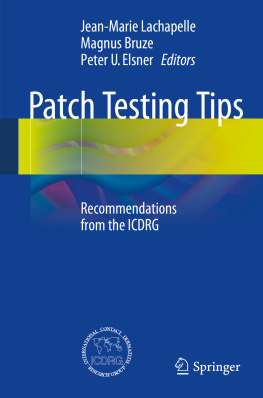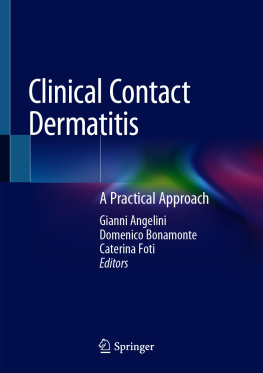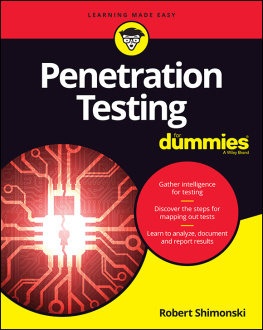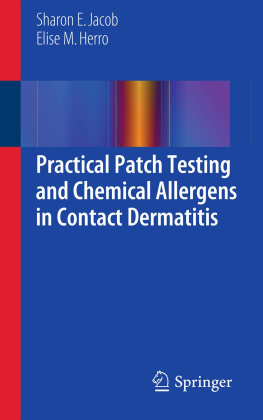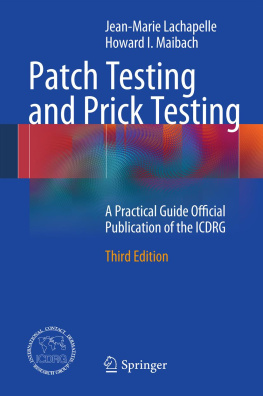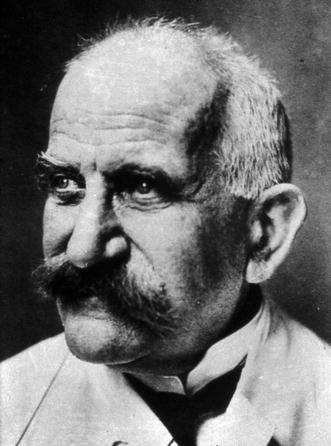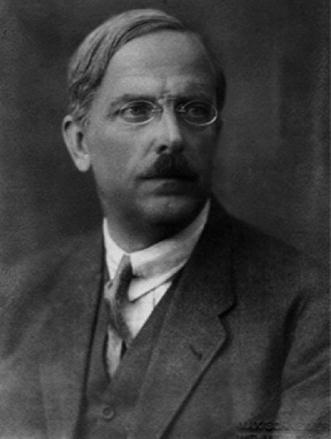1.3 Advances from 1895 to the Creation of the International Contact Dermatitis Research Group (ICDRG)
This period has been extensively reviewed in a recent monograph [].
A most important contribution came from Clemens von Pirquet (18741929), an Austrian scientist and pediatrician who noticed in 1906 that patients who had previously received injections of horse serum or smallpox vaccine had quicker, more severe reactions to a second injection. He coined the word allergy to describe this hypersensitivity reaction. Soon after, the observation with smallpox led von Pirquet to realize that tuberculin might lead to a similar type of reaction.
Some papers have been devoted to the scientist and his discoveries [].
Charles Mantoux (18771947) expanded upon von Pirquets ideas, and the Mantoux test, in which tuberculin is injected into the skin, became a diagnostic test for tuberculosis in 1907. In the field of contact dermato-allergology, the technique of patch testing, initiated by J. Jadassohn, was extensively developed in Zurich by Bruno Bloch (18781933); therefore, it is sometimes called the Jadassohn-Bloch technique.
Bloch (Fig. ], unchanged over the years (period of inertia potentially linked with the events of World War II). But the series had become obsolete and did not correspond anymore to the current environmental conditions.
Apart from Blochs flourishing school, many publications referring to contact dermatitis and patch testing were recorded in the literature from various countries, most of them of high scientific value [].
But it is clear that each patch tester throughout Europe and the United States had his or her own methodology; all parameters of use (allergens, concentrations, vehicles, reading time etc.) were not codified.
Moreover, it is noteworthy to recall that some individuals proficient in the field were reluctant to use systematically a standard or baseline series. In particular, Werner Jadassohn (son of Josef) in Geneva [] were strenuous opponents of the standard series; ultimately, however, they lost the battle.
It is important, in retrospect, to compare the advantages and disadvantages of a standard series (Table ).
Table 1.2
Advantages and disadvantages of the systematic use of a standard series
Advantages | Disadvantages [] |
|---|
The standard series corresponds to an allergological check-up of each individual patient, as regards the most common allergens encountered in the environment. Positive and negative patch test results map out the allergological profile of the patient; | The standard series can produce a sleeping effect on the clinicians attitude. This perverse result is avoided when the standard series is considered as a limited technical tool, representing one of the pieces of a puzzle, to be combined with other means of diagnosis. The general principle to be kept in mind is that the standard series cannot replace a detailed anamnestic (and catamnestic) investigation. |
The standard series compensates for anamnestic failures. Even when the clinician tries to record carefully the history of each individual patient, he may omit important events in some cases, despite using a detailed standardized questionnaire. Positive patch test results lead the clinician to ask some additional (retrospective) questions; | Theoretically, application of the standard series could induce an active sensitization to some allergens. Common examples are p-phenylenediamine , primin, or isothiazolinone. The risk, however, is extremely low when testing is performed accordingly to internationally accepted guidelines. |

